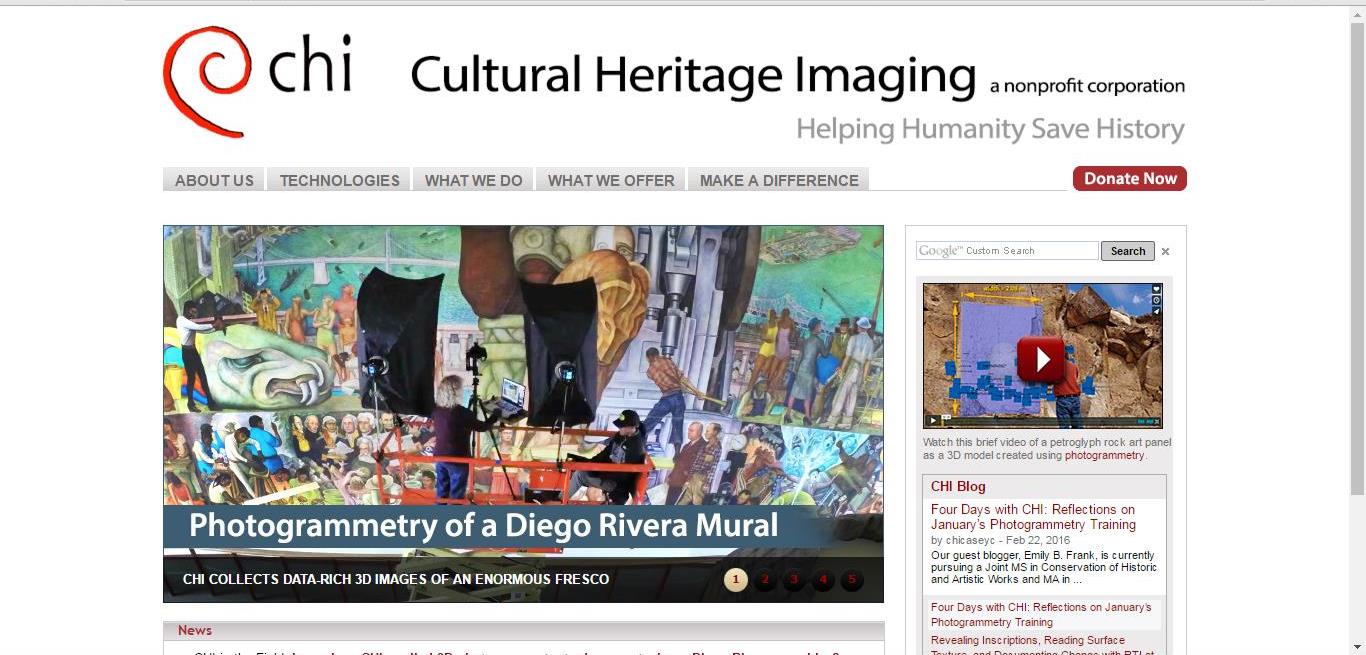It’s beneficial not just because the software is free. There is a lot of free software that is distributed only in the “executable” version without making the source code available to others to use and modify. One advantage to users who care about the longevity of their data − and, in our case, images and the results of image processing − is that the processes being applied to the images are transparent. People can figure out what is being done by looking at the source code. Also, making the source code available increases the likelihood that software to do the same kind of processing will be available in the future. It isn’t a guarantee, but it increases the chances for long-term reuse. Finally, open source benefits the community of people all working in a particular area, because other researchers, students, and community members can add features, fix errors, and customize for special uses. With a “copyleft” license, like the Gnu General Public License that we use, all modifications and additions to the software have to be released under this same license. This ensures that when others build on the software, their modifications and additions will be “open” as well, so that the whole community benefits. (This is a generalization of the terms; read more if you want to understand the details of a particular license).

Open source is a licensing model for software, nothing more. The fact that it is “open” tells you nothing about the quality of the software, whether it will meet your needs, whether anyone is still working on it, how difficult or easy to learn and use it is, and many other questions you should think about when choosing technology. The initial cost of software is only one consideration in adopting a technology strategy. For example, what will it cost to switch to another solution, if this one no longer does what you need? Will you be left with a lot of files in a proprietary format that other software can’t open or use?











Comments